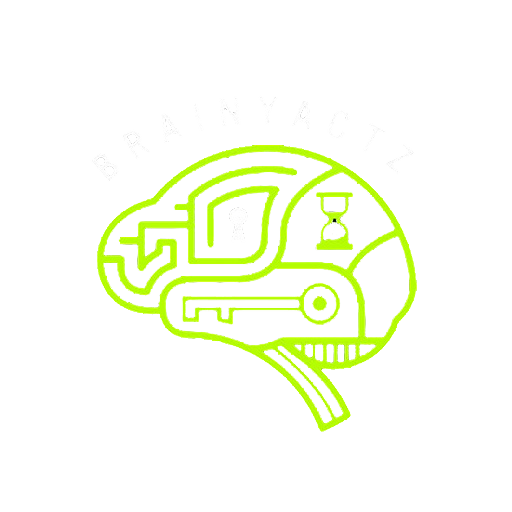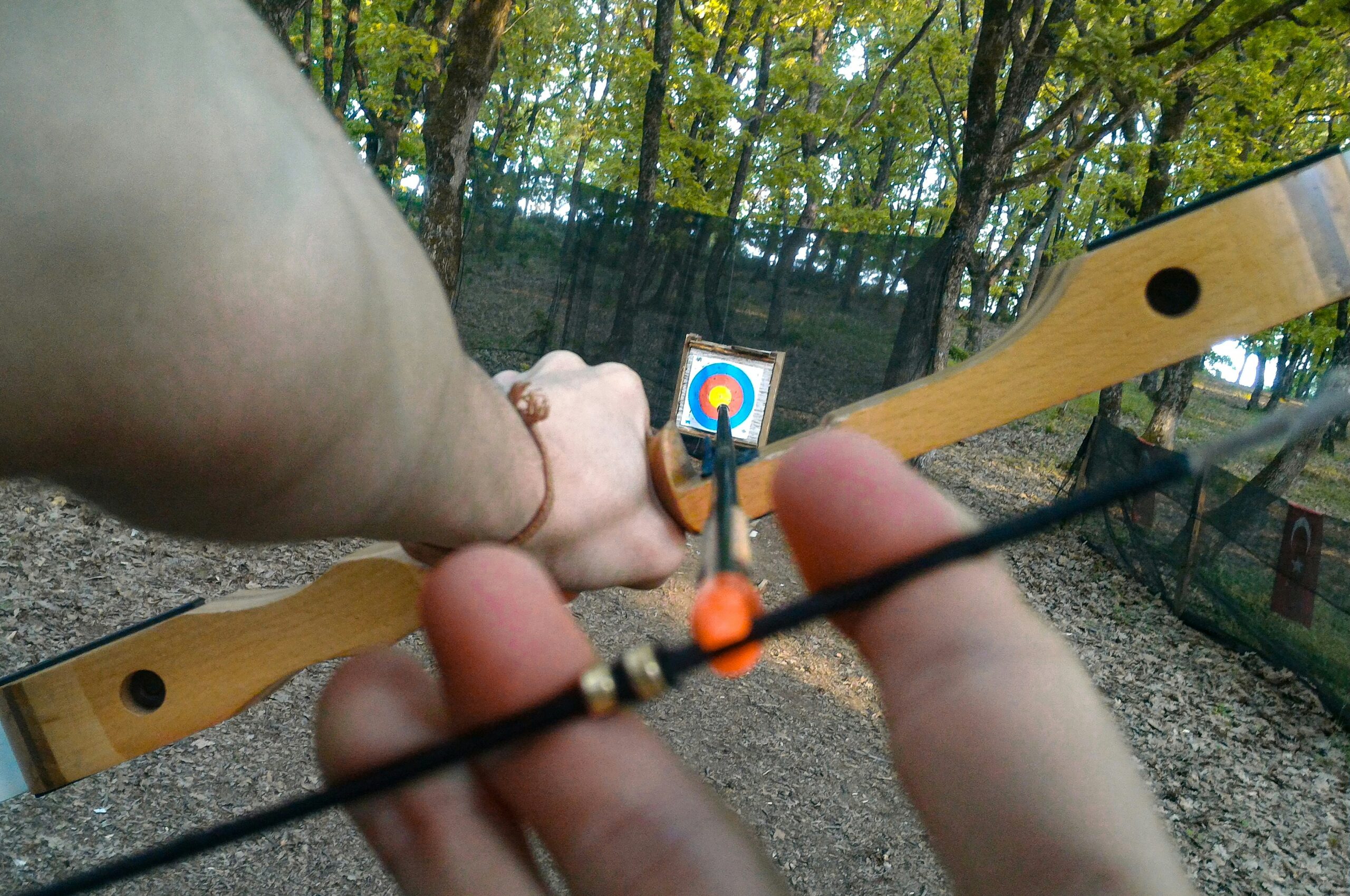Arrow Tag is more than just foam arrows flying across the arena—it’s a high-energy team sport that combines speed, smarts, and seamless coordination. Whether you’re dodging shots, defending your zone, or planning a full-scale offensive push, your team’s strategy can make or break the match. With multiple game formats and changing rules, relying on instincts alone won’t cut it. To truly dominate the arena, teams need to communicate effectively, assign roles that play to each member’s strengths, and adapt their gameplay in real time.
This guide breaks down the core tactics your crew needs to elevate their game and thrive under pressure. From pinpoint formations to lightning-fast rotations, these strategies cover every angle. Whether you’re a weekend warrior or planning a corporate showdown, it’s time to outsmart, outplay, and out-tag your opponents. Let’s get into the winning game plan.
Key Takeaways
- Assign roles that match each player’s strengths for better coordination.
- Use nonverbal cues and communication loops to stay in sync.
- Offensive and defensive formations should evolve throughout the game.
- Practice with real-game scenarios to build quick decision-making skills.
- Monitor your performance regularly and refine tactics to stay sharp.
Core Elements of Arrow Tag Team Tactics
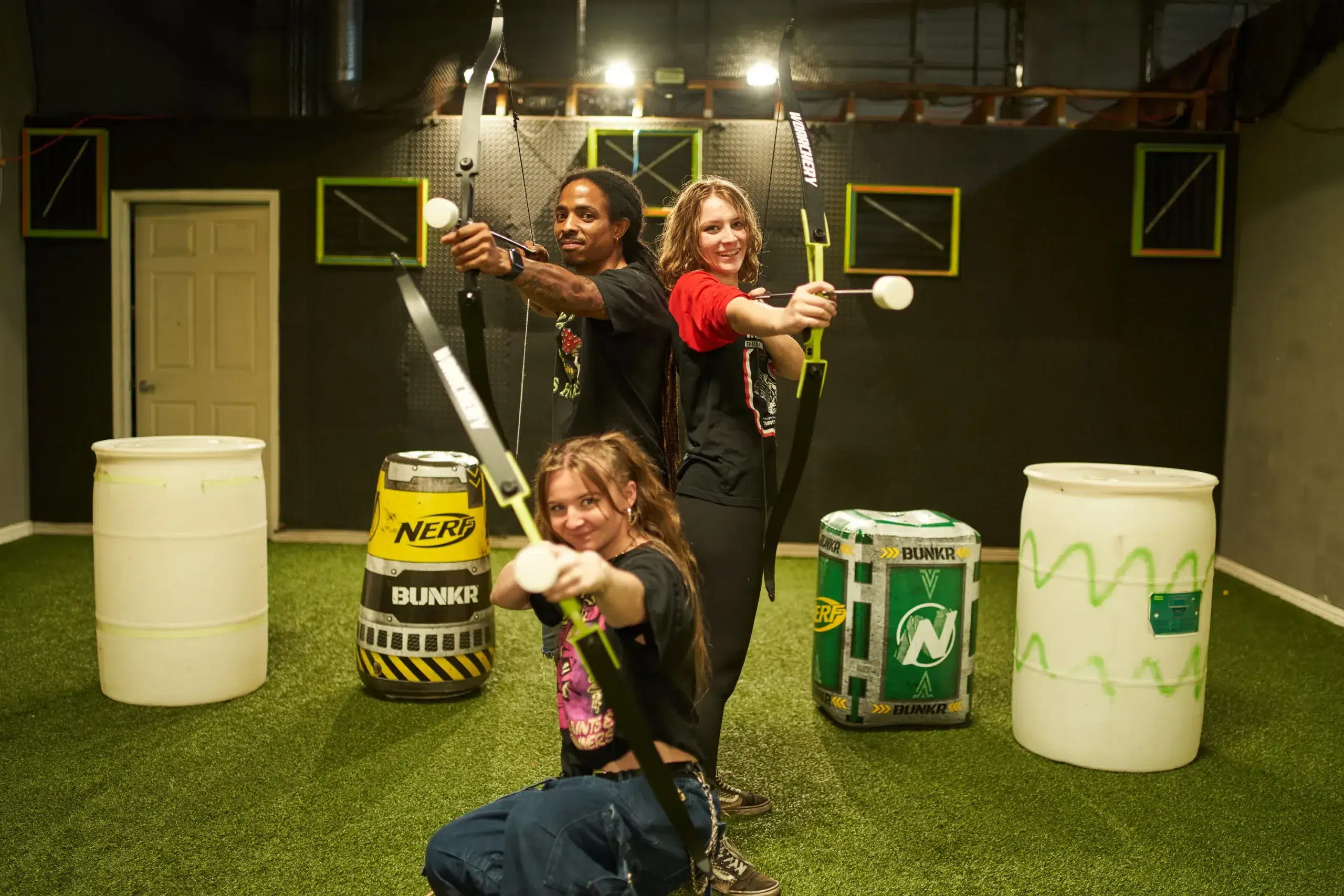
An effective Arrow Tag team rests on a foundation of clearly defined objectives, equipment roles, and team member assignments. The initial step is to clarify the overall game objectives and understand the various variations of Arrow Tag, which often dictate specific tactics and strategies. For instance, in some arenas, the game may incorporate elements of capture the flag and dodgeball, requiring teams to balance both aggressive and defensive maneuvers under pressure. The central concept involves aligning team strengths with strategic goals, ensuring that every member knows their role and how it contributes to the collective success.
Clarifying Game Objectives and Variations
The first critical element in Arrow Tag is establishing clear objectives. Every game may have different win conditions, such as tagging a specific target or controlling designated zones within the arena. A thorough understanding of these objectives helps teams to formulate strategies that address various game scenarios. Teams must prioritize targets, adapt to bonus point zones, and remain agile as game rules shift. Clarity on objectives boosts responsiveness and helps the team stay focused under changing dynamics.
Establishing Member Roles for Optimal Coordination
Clear member roles are crucial to ensure that every player contributes their unique strengths, whether on offense or defense. Some players may excel at sprinting and agile maneuvers, while others may focus on reading the opponent and organizing the team’s movements. Roles such as point guard, flank support, and defensive anchor help teams operate with intention and reduce confusion during transitions. Pre-planned roles enhance clarity and ensure each player knows when to step up or fall back during different match phases.
Adapting Strategies for Varied Game Formats
Arrow Tag formats differ in layout, rules, and pace, demanding unique strategic adaptations. Teams must be able to identify the strengths and weaknesses of each format, whether a fast-paced elimination game or a strategic hold-the-zone challenge. Changes in arena size, obstacles, or player count also influence tactics. Quick assessments and fluid teamwork help in transitioning between formats smoothly and maintaining the team’s edge throughout varied conditions.
Aligning Team Strengths With Strategic Goals
Teams that excel at Arrow Tag consistently align individual strengths with overarching strategic goals. For example, combining an agile runner with a precision shooter can enhance area coverage and pressure. Strength mapping allows teams to rehearse plays that utilize everyone’s talents effectively. A well-aligned squad is more likely to anticipate each other’s moves, reducing errors and increasing the flow and fluidity of the game.
Tactical Communication for Synchronized Play
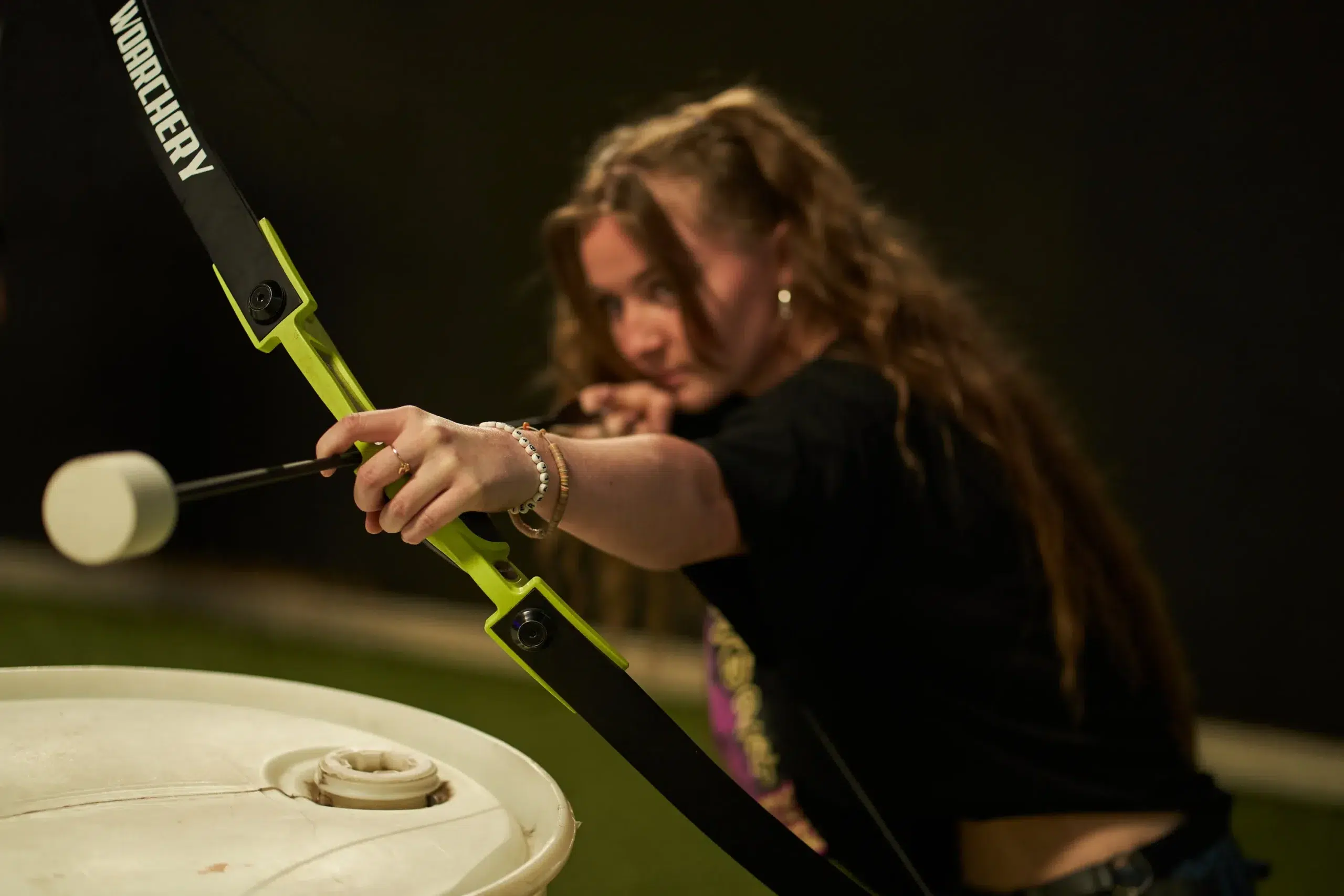
One of the most impactful elements in Arrow Tag is tactical communication. When players are moving at high speeds and making split-second decisions, nonverbal cues and effective communication loops become essential for synchronized team play. Establishing clear protocols for rapid signaling can mean the difference between successfully executing a plan and falling into chaos on the field.
Implementing Nonverbal Signals for Rapid Coordination
Nonverbal signals are indispensable during Arrow Tag matches when verbal communication may not be feasible. Teams can use prearranged hand signals, nods, or quick gestures to indicate a shift in tactics. These reduce the risk of misunderstandings and enable swift action in dynamic environments. Over time, a shared set of nonverbal cues becomes a second language, allowing players to read and react without hesitation.
Creating Efficient Communication Loops on the Field
Efficient communication loops ensure that all team members are informed of dynamic changes on the field. Whether the shift is tactical or positional, a clear channel for real-time updates enables smoother adjustments. Utilizing call-and-response methods or light touch signals can create reliable feedback chains that keep everyone aligned and reduce lag during critical transitions in the match.
Overcoming Communication Challenges Under Pressure
High-pressure moments can interrupt even well-established communication systems. Teams should plan for disruptions by incorporating backup signals and stress-tested routines. Training under simulated pressure helps players respond instinctively and make sound decisions despite noise, confusion, or breakdowns. After-action reviews also play a role in identifying lapses and implementing improved solutions for future games.
Offensive Formations Tailored for Team Success

Establishing well-defined offensive formations is critical for capturing the initiative in Arrow Tag. Offense requires a seamless blend of rapid attack, deception, and coordinated execution. This section details how teams design attacking setups that efficiently exploit gaps in the opponent’s defenses and rotate positions strategically to maintain continuous impact during the game.
Designing Attacking Setups to Exploit Opponent Gaps
Offensive formations should focus on revealing and exploiting defensive weaknesses. Teams can utilize spread formations to stretch opponent coverage or tight group charges to concentrate force. Disruptive moves like fake-outs and rotations confuse defenders and create scoring chances. Consistent drills allow players to act on openings quickly, maximizing each strategic push.
Rotating Positions for Continuous Impact
Rotation prevents stagnation and leverages each player’s strengths throughout the match. By cycling players between front, middle, and backline positions, teams keep the offense dynamic and unpredictable. Rotations also help manage energy and maintain pressure. Proper rotation requires practice and trust, ensuring that coverage is never lost during transitions.
Adjusting Tactics According to Opponent Movements
Real-time adaptability is key to maintaining offensive dominance. As opponents shift formations, your team must respond by redirecting its pressure. Flank attacks, misdirection plays, and defensive baiting can disrupt the opponent’s setup. Observing movement patterns and reacting quickly ensures your team capitalizes on every opportunity without losing momentum.
Defensive Methods for Team Resilience
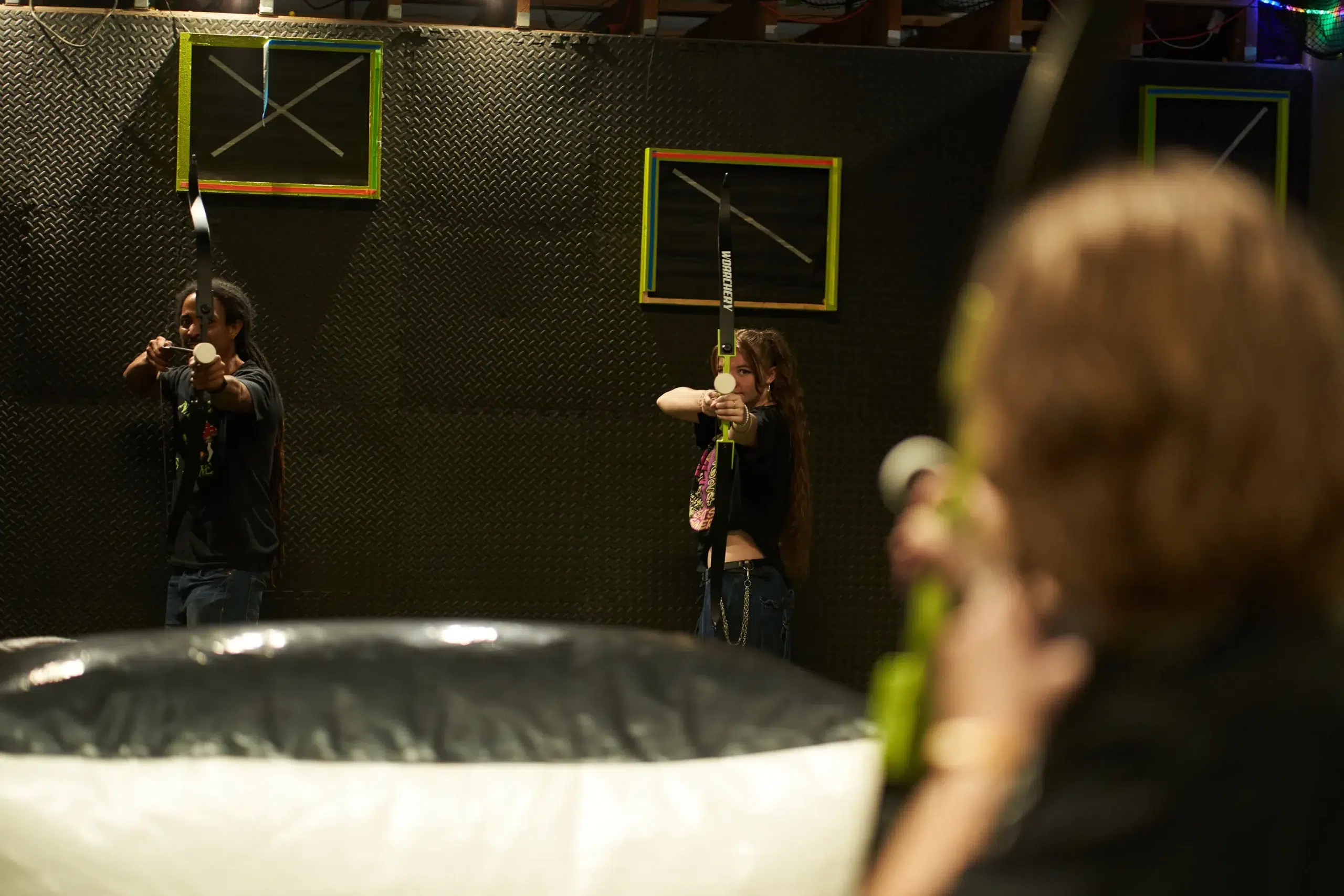
Defense in Arrow Tag is as much about anticipation and teamwork as it is about individual prowess. An effective defensive strategy minimizes vulnerabilities, systematically blocks opponent advances, and creates opportunities for counterplay.
Forming Protective Stances to Minimize Vulnerabilities
Strong stances—such as wedge or V-shaped formations—allow players to overlap defensive coverage. These setups reduce exposed zones and give players backup in high-risk areas. Strategic formations create visual and physical deterrents, forcing the opponent to think twice before engaging. Rehearsing these stances ensures the team holds steady under aggressive assaults.
Blocking Opponent Advances Through Strategic Positioning
Positioning is about controlling space, not just holding it. Defenders must anticipate offensive lanes and position themselves to intercept and disrupt. Assigning zones and shifting coverage based on threats reduces blind spots and creates traps that absorb or deflect opponent aggression. Mastery of spatial control turns defense into a precision craft.
Coordinating Defense With Counterplay Opportunities
Great defenses double as launchpads for counterattacks. By setting up smart zones and readying quick transitions, defensive units can flip pressure and regain the upper hand. Recognizing overextensions by the opponent and immediately exploiting them through rapid offense turns defense into an offensive advantage without waiting for a reset.
Adapting to Shifts in Opponent Approaches
Adapting on the fly keeps the defense sharp. Teams should monitor when opponents change tactics, such as increasing pace or isolating weaker defenders, and react by shifting formations, swapping roles, or applying pressure elsewhere. Flexibility and proactive planning turn defensive lines into reactive, mobile shields that evolve with the match.
Specialized Drills to Boost Team Coordination
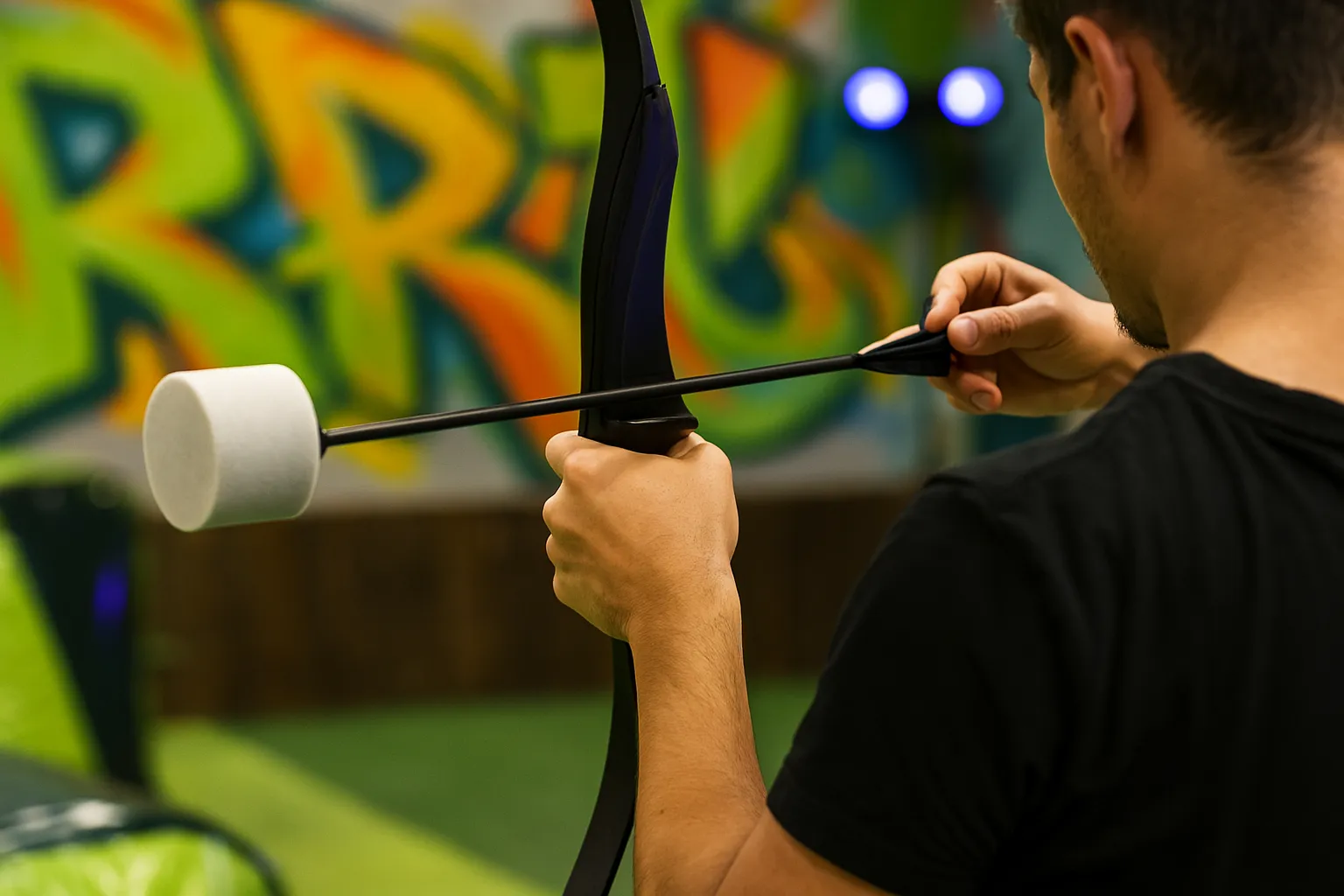
Specialized drills are essential for building team coordination in Arrow Tag. These exercises fine-tune timing, communication, and movement under pressure. From practicing transitions to simulating game scenarios, they help teams operate as a unit. Drills target specific skills like defensive spacing or quick offensive pivots. Over time, they boost confidence and improve group synergy. Consistent practice turns strategy into instinct during gameplay.
Conducting Structured Sessions for Timing Precision
Precise timing ensures smooth coordination during intense Arrow Tag moments. Relay-style drills that mimic real game scenarios help players move, pass, and react with exact rhythm. These sessions build muscle memory and reduce hesitation, especially during fast transitions from defense to offense. Teams often integrate countdown-based maneuvers or synchronized charging drills to enforce timing discipline. Practicing under time pressure teaches players to operate instinctively, which can be the difference between a successful tag and a missed opportunity. As these sessions become routine, teams begin to anticipate each other’s movements with greater accuracy.
Focusing on Role-Specific Skill Development
Each team member’s role demands a unique skill set, so training must be intentionally tailored. Speed-focused players may work on shuttle sprints and evasive maneuvers, while defenders focus on blocking angles and body positioning. Meanwhile, communication leads drill vocal clarity and fast relays under simulated chaos. Skill-specific drills ensure each player can contribute effectively, strengthening the entire team’s dynamics. This specialization not only builds confidence but also helps identify ideal in-game matchups. With enough repetition, players internalize their roles, boosting response time and elevating strategic synergy on the field.
Analyzing Past Matches to Refine Team Tactics
Post-game analysis is crucial for improving performance and refining strategy. Watching match footage helps identify both successful plays and moments of miscommunication or missteps. Teams can break down positioning errors, missed opportunities, and effective maneuvers to better understand what to repeat or avoid. Pairing these insights with player feedback allows for targeted adjustments in future drills and formations. It also encourages accountability and collective growth, as each player contributes to the team’s evolution. With consistent review and refinement, tactics become sharper, smoother, and more aligned with real-world performance needs.
Frequently Asked Questions
How does Arrow Tag enhance teamwork and coordination?
Arrow Tag requires tight coordination and strategic alignment, where every player understands their role. The game emphasizes the use of nonverbal signals and synchronized maneuvers, enhancing team cohesion and effective communication during high-pressure situations.
What specific drills can help improve timing in Arrow Tag?
Structured timing drills such as relay passing exercises, scenario-based simulations, and reaction speed tests can significantly enhance team timing. These drills focus on precision and coordination, leading to a smoother transition during gameplay and a notable improvement in reaction times.
How can teams adapt their offensive strategy in different field conditions?
Teams must customize offensive strategies by analyzing playing conditions, such as indoor versus outdoor settings. Adjustments may include shifting from a compact formation to a spread-out approach, rotating positions, and exploiting opponent gaps based on the field dynamics. Real-time decision-making and pre-planned counter-moves are crucial for success.
What role does equipment play in the tactical approach of Arrow Tag?
Equipment in Arrow Tag, including recurve bows, protective gear, and communication devices, plays an essential role in enabling players to execute strategies effectively. Properly utilized equipment can enhance targeting, reduce injury risk, and support tactical communication, contributing significantly to the overall success of a team.
Why is post-match analysis important for refining team tactics?
Post-match analysis helps teams identify errors, understand opponent strategies, and refine both offensive and defensive tactics. Reviewing game footage and performance metrics allows teams to adjust training sessions and improve real-time adaptability, leading to continuous performance enhancement over time.
Conclusion
In the fast-paced world of Arrow Tag, success hinges on more than just individual skill—it’s all about cohesive teamwork, strategic thinking, and flawless execution. Winning teams don’t leave anything to chance; they build trust through communication, refine their roles through drills, and stay one step ahead by adapting on the fly. Every variation of Arrow Tag brings its own challenges, and the most prepared teams are those who train with purpose and adjust with confidence.
Whether you’re facing an aggressive offense or shifting defensive walls, having the right tactics in your pocket will keep your squad cool under pressure. This blog has armed you with practical strategies that transform chaotic matches into organized victories. Now it’s your turn to put them into play, rally your crew, and own the arena with power, precision, and relentless energy. Victory in Arrow Tag isn’t luck—it’s teamwork done right.
